Harnessing the power of satellites for conservation! Thanks to a team from NASA DEVELOP National Program, we have a better understanding of sites that might serve as suitable Venus…
NASA identifies suitable flytrap habitat

This is the category for research related posts from the herbarium and conservation.

Harnessing the power of satellites for conservation! Thanks to a team from NASA DEVELOP National Program, we have a better understanding of sites that might serve as suitable Venus…

Born on February 12, 1809, the same day as Abraham Lincoln, Charles Darwin was one of the most influential scientists of all time. Darwin’s theory of natural selection and…
by Scott G. Ward, NCBG Research Botanist There is perhaps no better summary of the peril of the Lake Wales Ridge than Turner et al. (2006). In their report “State…
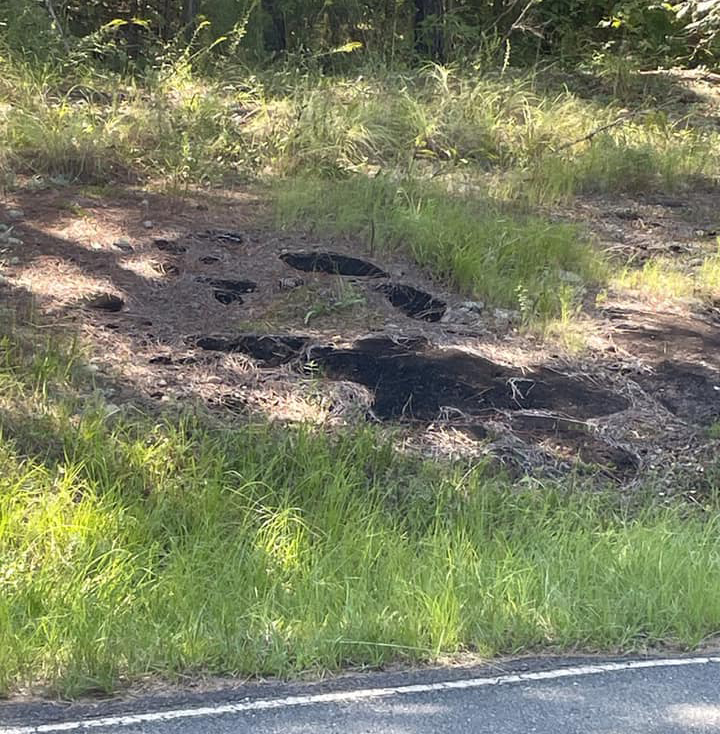
What would you think if you saw the above mass on the side of the road? Some sort of funny lichen? That’s what community scientist Becky Dill thought when she spotted this “unknown lichen-like substance” on a roadside outcrop in Anson County, NC. She sent a specimen to the UNC Herbarium (NCU), where lichen curator Gary Perlmutter investigated.
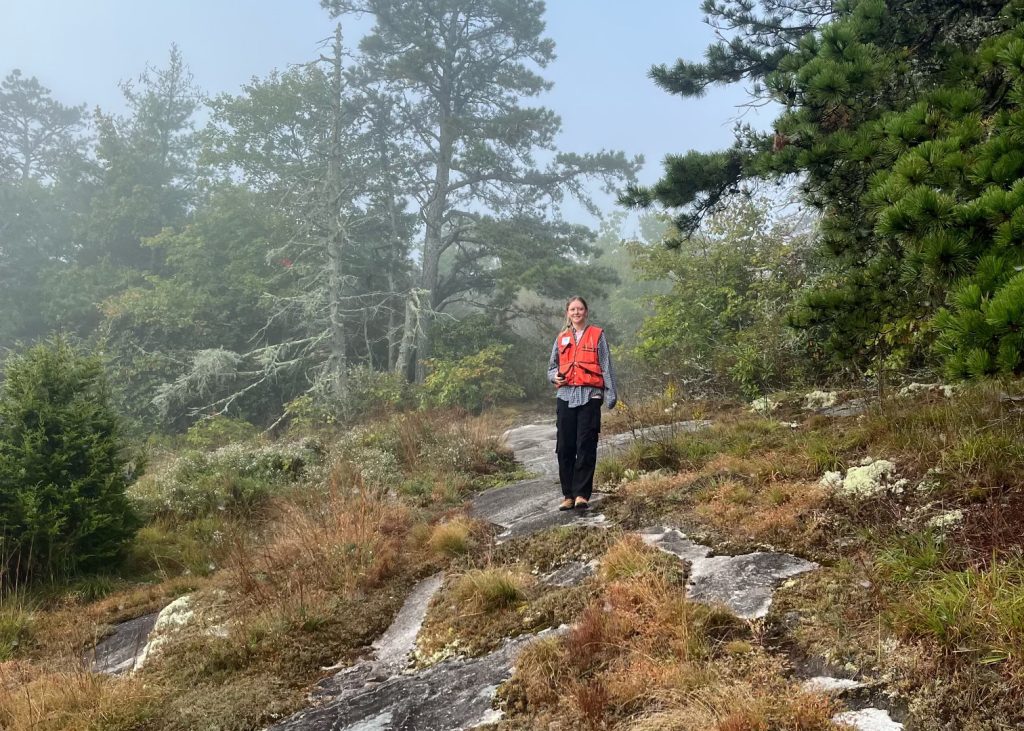
Our plant conservation technicians, Sophie and Amanda, have made several scouting and seed-collecting trips to the Nantahala National Forest this year for Plant Materials of the Atlantic Southeast (PMAS), our…
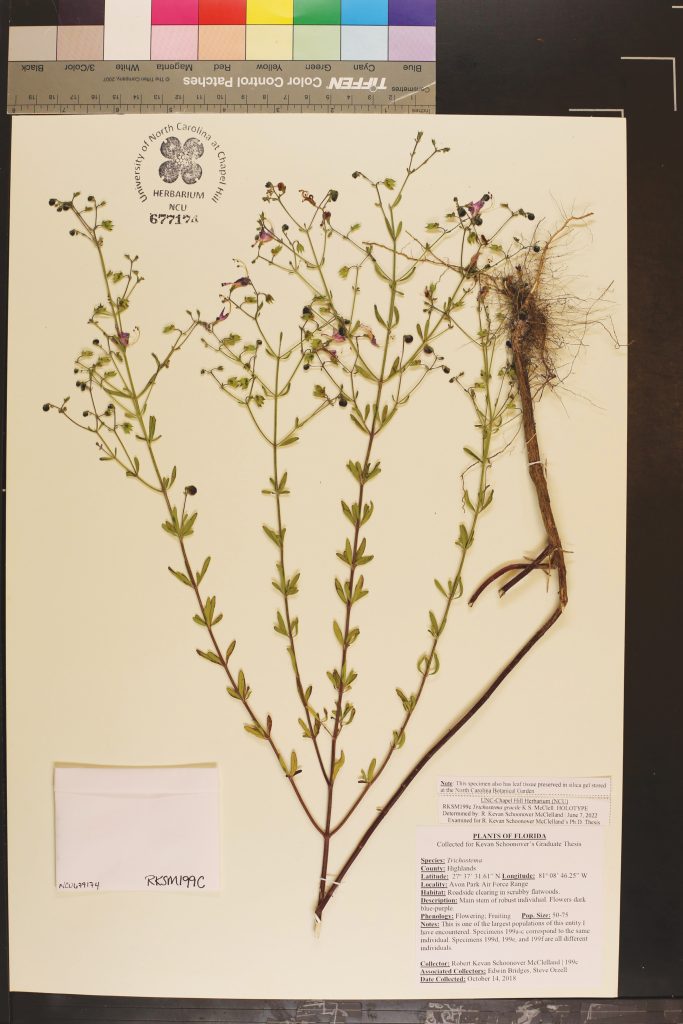
Hidden amid similar specimens, differing only in its “weirdness,” a new plant discovered by herbarium associate Kevan Schoonover McClelland was finally given a name after lengthy efforts to identify it.
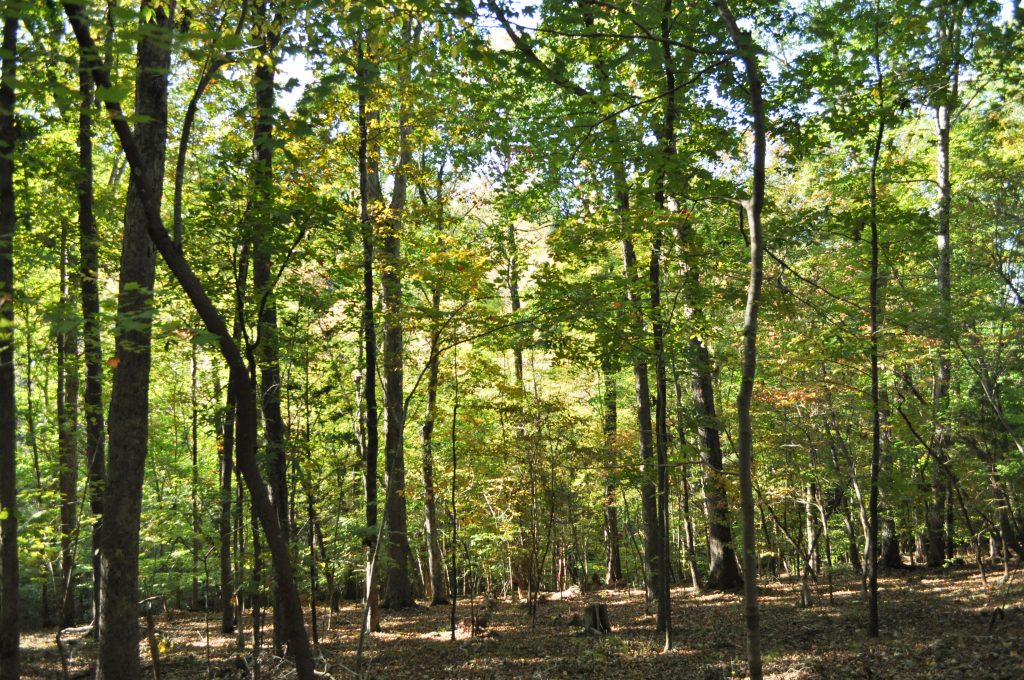
We’re excited to announce 25 acres ranked exceptional by the NC Natural Heritage Program have been added to the greater Stillhouse Bottom Natural Area, doubling its size. Our latest land…

By Carol Ann McCormick, Curatrix, University of North Carolina at Chapel Hill Herbarium (NCU) In a recent e-newsletter article Herbarium Associate Gary Perlmutter described finding Crimson Frosted Palmetto Lichen (Arthonia…
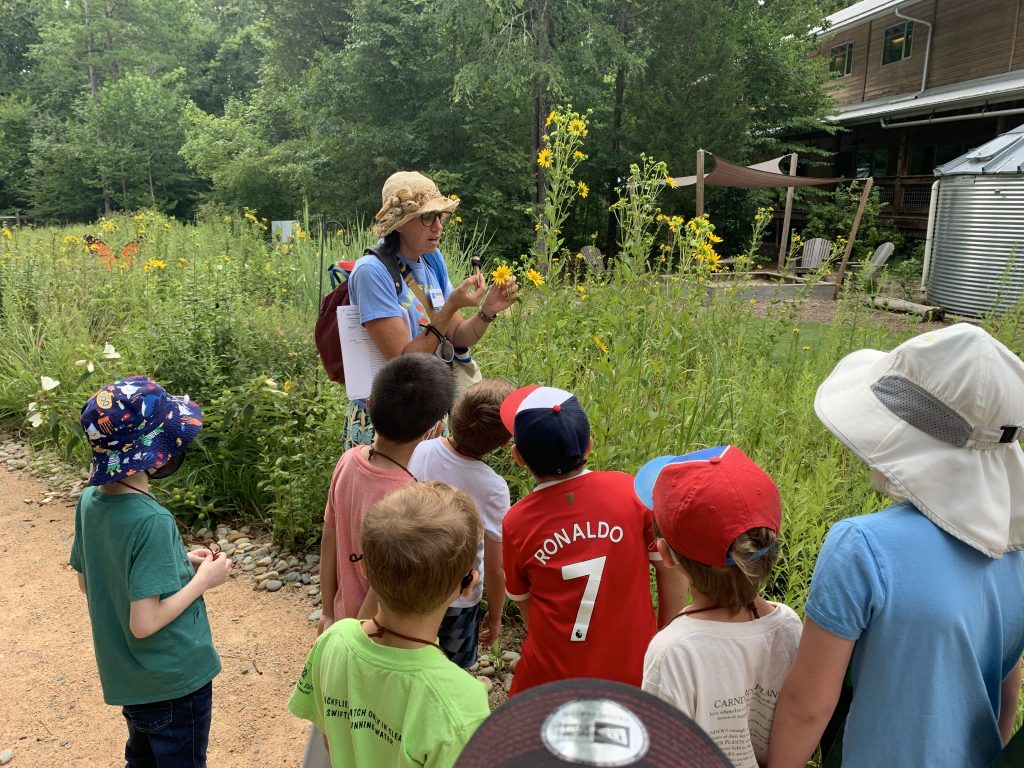
Join our Camp Flytrap team this summer! We’re hiring two Camp Environmental Educators to help prepare for and lead our hands-on natural science camps for children. At Camp Flytrap, kids…
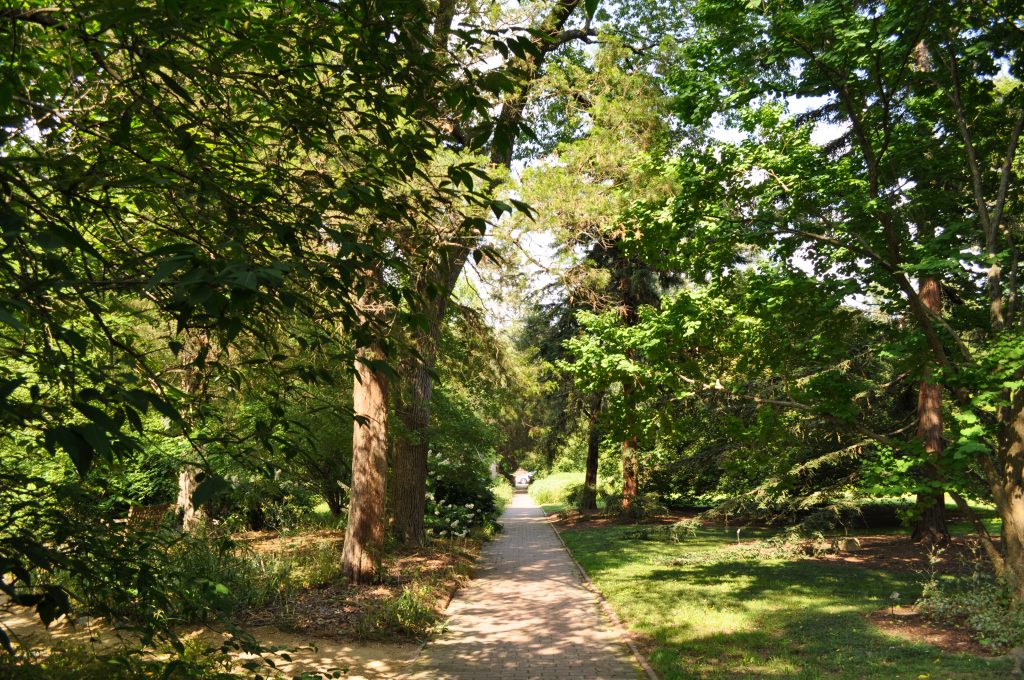
Calling aspiring horticulturists: we’re hiring for summer internships at our main display gardens and Coker Arboretum! These three-month, full-time, paid positions help with all kinds of garden maintenance tasks. Learn more and apply by January 30.